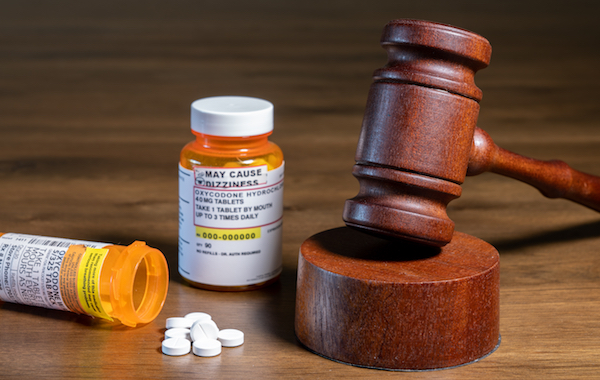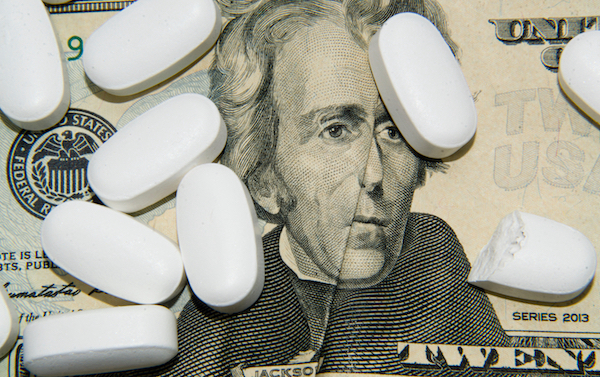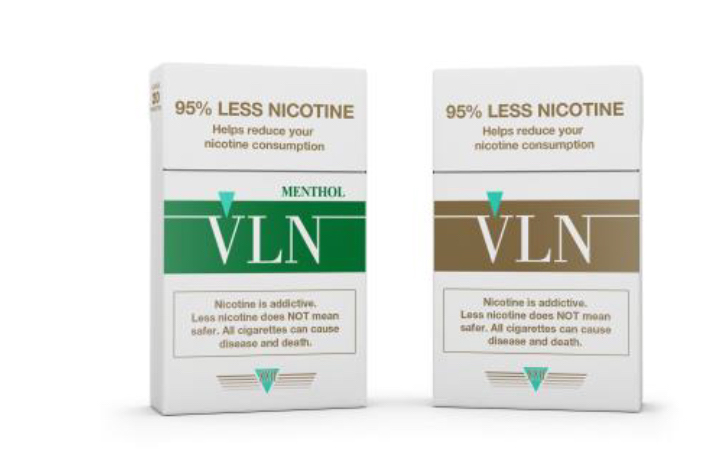Conflicting rulings in November have raised questions about where the litigation is headed
By Mark Mravic
Keeping track of the ongoing opioid litigation can seem a bit like watching a years-long judicial ping-pong match—with billions of dollars at stake and no end in sight. And the past month has only reinforced that feeling. A series of back-and-forth legal rulings in November has sent conflicting signals about the direction of large-scale opioid trials around the country, and whether or not drug companies can be held responsible—financially and morally—for the ravages of the opioid epidemic.
Just before Thanksgiving, an Ohio jury found pharmacy giants Walmart, CVS and Walgreens liable for the devastation wrought by opioids in a pair of northern counties in the state. The first federal jury trial to reach a verdict in an opioid case, and the first in which pharmacies were in the spotlight, the proceedings took place in the wake of the $26 billion settlement reached over the summer between several thousand plaintiffs and the three major opioid distributors, and while other trials of manufacturers, distributors and dispensers were playing out in West Virginia, California, New York and elsewhere.
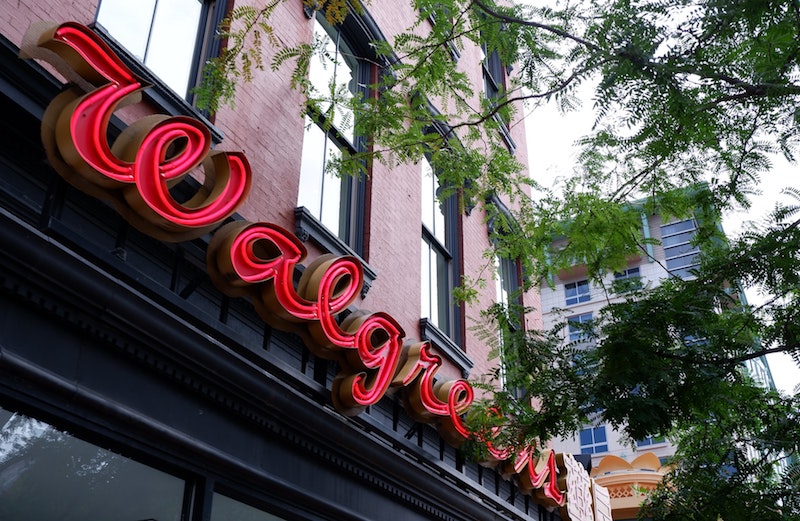
After six weeks of testimony, the Ohio jury determined that the pharmacy companies were reckless in their failure to monitor how prescriptions for dangerous opioids were filled. That failure resulted in tens of millions of prescription painkillers being dumped into the two counties, widespread addiction, and a spike in heroin and fentanyl use and overdoses when controls on prescription opioids finally tightened. That, the plaintiffs argued, constituted a “public nuisance” under Ohio law. Lawyers for the counties say they are seeking a total of $2.4 billion to fund addiction treatment, education, foster care and other services to abate the epidemic. Judge Dan Aaron Polster, who presided over the trial and is also overseeing multidistrict opioid litigation across the country, will rule on damages in the spring, after further hearings.
The judgment against Walmart, Walgreens and CVS “represents the overdue reckoning for their complicity in creating a public nuisance,” lawyers for the counties said after the ruling. The pharmacies’ lawyers said they would appeal, calling the verdict a “misapplication of public nuisance law.”
Two Wins for the Drug Companies
If this is seen as a win for communities seeking to bring multibillion-dollar drug companies to heel over the drug crisis—which hit a shocking milestone when the Centers for Disease Control and Prevention (CDC) announced that overdose deaths had surpassed 100,000 in a 12-month period for the first time—that positivity is tempered by two other rulings from earlier in the month. On Nov. 1, drug companies won a major victory when a California state judge, in a similar public nuisance case, ruled that manufacturers can’t be held liable for the opioid crisis in the state. Four California counties had sued Allergan, Endo Pharmaceutical, Johnson & Johnson and Teva, arguing that their false and misleading marketing fueled a dangerous rise in opioid use in California communities. But Judge Peter J. Wilson wrote in his decision, “There is simply no evidence to show that the rise in prescriptions was not the result of the medically appropriate provision of pain medications to patients in need.” While acknowledging the severity of the opioid crisis, the judge added that “any adverse downstream consequences flowing from medically appropriate prescriptions cannot constitute an actionable public nuisance.”
That California ruling, which the counties say they will appeal, cast a shadow over the central legal argument that plaintiffs around the country are employing—whether “public nuisance” laws, which traditionally deal with issues such as polluted waterways, dangerous factory emissions and noise complaints, are applicable to lawful products like prescription drugs.
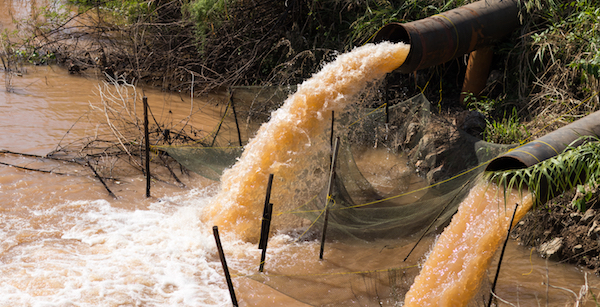
The strategy suffered a further blow the following week when the Oklahoma Supreme Court overturned what had been seen as a landmark 2019 judgment against Johnson & Johnson. In a 5-1 ruling, the Oklahoma justices found that the district court judge in that bench trial had “erred in extending the public nuisance statute to the manufacturing, marketing, and selling of prescription drugs.” In tossing out the $465 million judgment, the state’s high court ruled that Oklahoma’s public nuisance law is restricted to “criminal or property-based conflict. Applying nuisance statutes to lawful products as the State requests would create unlimited and unprincipled liability for product manufacturers.” The ruling dismissed the argument that the drug manufacturers violated a public right to health in the same way as do “diseased animals, polluted drinking water, or the discharge of [sewage] on property” that have no beneficial use.
Tellingly, in its ruling, the court cited a previous case from Illinois that found gun manufacturers not liable for crime and injury caused by their products. In the end, the Oklahoma court determined that these are “public policy matters that should be dealt with by the legislative and executive branches; the branches that are more capable than courts to balance the competing interests at play in societal problems.”
Now What in the Opioid Trials?
So where does that leave the mass of opioid litigation? It’s notable that the Ohio pharmacy case was decided by a jury, while the California lawsuit and the Oklahoma appeal were in the hands of judges. There’s a reason why plaintiffs in these opioid cases push for jury trials: The everyday juror may be more swayed by the emotional gut-punch of the drug crisis than by the nuances and intricacies of obscure tort law. Lawyers can also play to the jury’s sense of justice against faceless corporations, and even use props in their argument. After attorneys for the pharmacy companies argued that the Ohio counties had failed to build a bridge of evidence that would prove their clients’ liability, a plaintiff lawyer produced a bridge made of Legos, pulling out just enough pieces for it to collapse—a visual metaphor meant to stand for the destructive impact the pharmacies have had on the communities. Judge Polster also permitted jurors in the Ohio case to pose their own questions to witnesses, an unusual practice that may become more common under a draft rule for the federal judiciary.
The uncertainties signaled by these recent rulings could persuade all sides that it’s best to settle. In the meantime, lawyers for ravaged communities will continue to fight.”
When the Ohio pharmacy case inevitably does go to appeal, the issue will not be in the hands of citizen jurors but of a judge or judges who will likely be less persuaded by emotional arguments or visual stunts and more beholden to legal theory and precedent. Compare the Ohio case to the federal bellwether bench trial in West Virginia that concluded in August. In the former, the jury returned a verdict within six days; in the latter, the judge still has not issued his ruling three months on. And it took two years for the Oklahoma Supreme Court to weigh the legal issues and come to a conclusion in that appeal.
The uncertainties signaled by these recent rulings could persuade all sides that it’s best to settle. In the meantime, lawyers for ravaged communities will continue to fight. A jury trial is ongoing in New York and a bench trial in Washington state began in mid-November, with more on the way in 2022. “We’re going to try a lot of cases, and we’re going to lose some, but we’re going to win this war,” plaintiffs executive committee lawyer Joe Rice told Law.com after the Ohio verdict. “And at the end of the day, American juries are going to tell the manufacturers and the distributors and the pharmacies that it’s time for them to step up and take their share of the responsibility for the devastation that flowed from their sales of the opioid product.”
Top photo: Shutterstock; middle photo: Stephanie Rhee; bottom photo: Shutterstock


